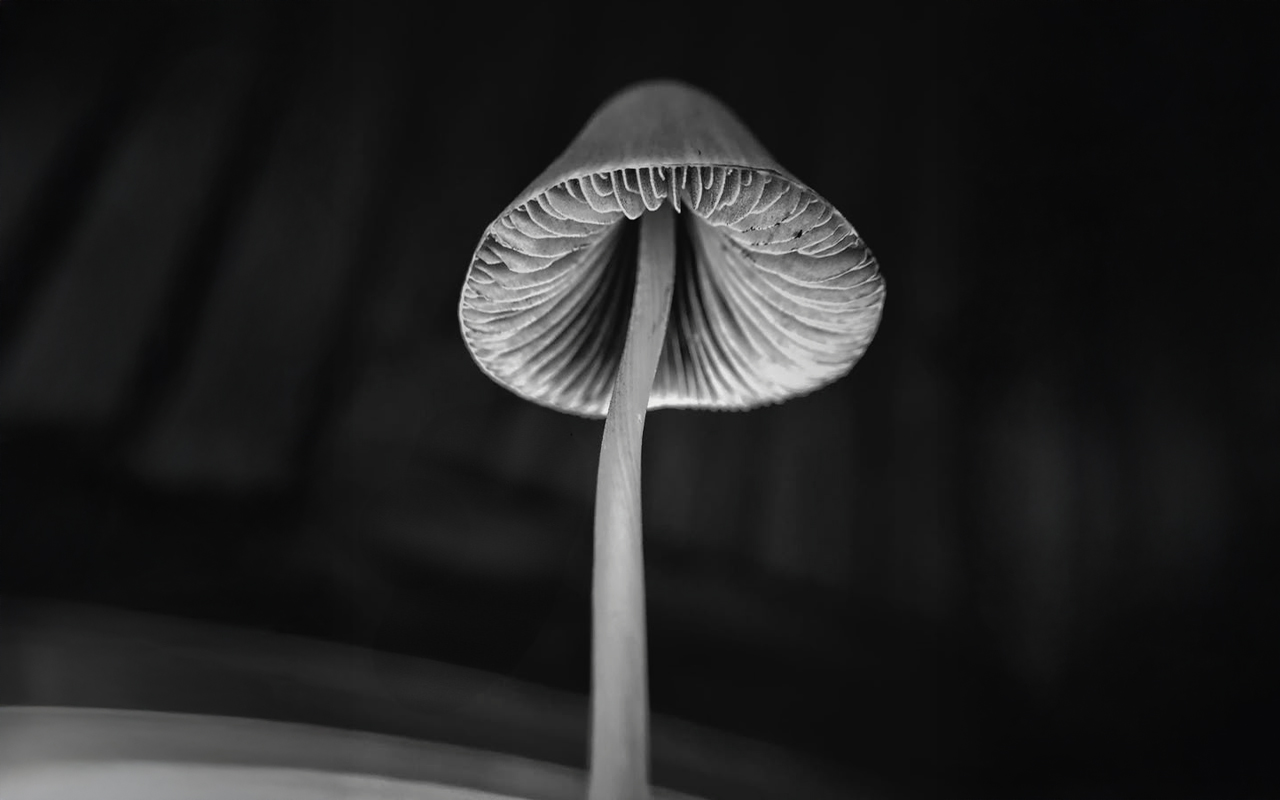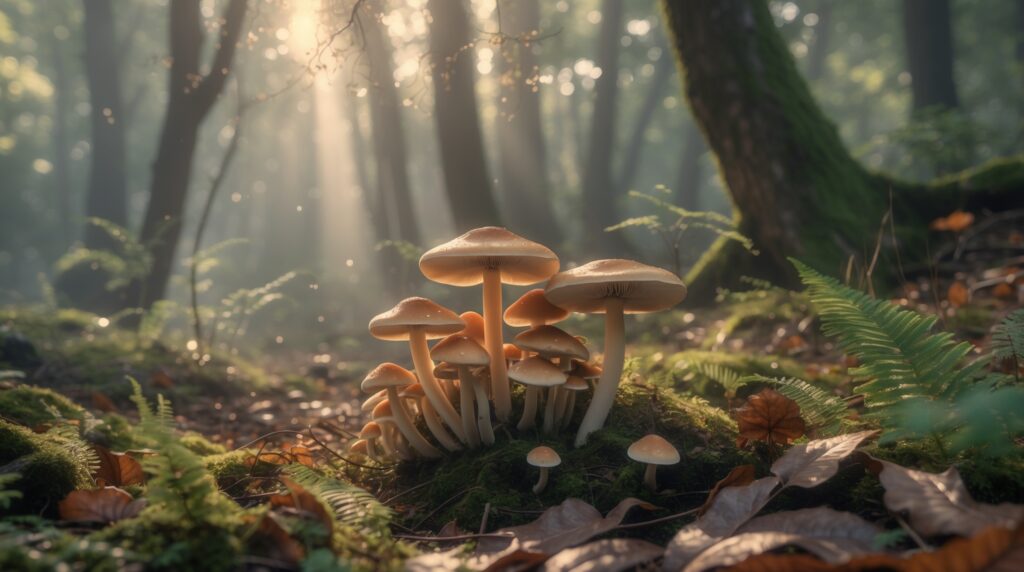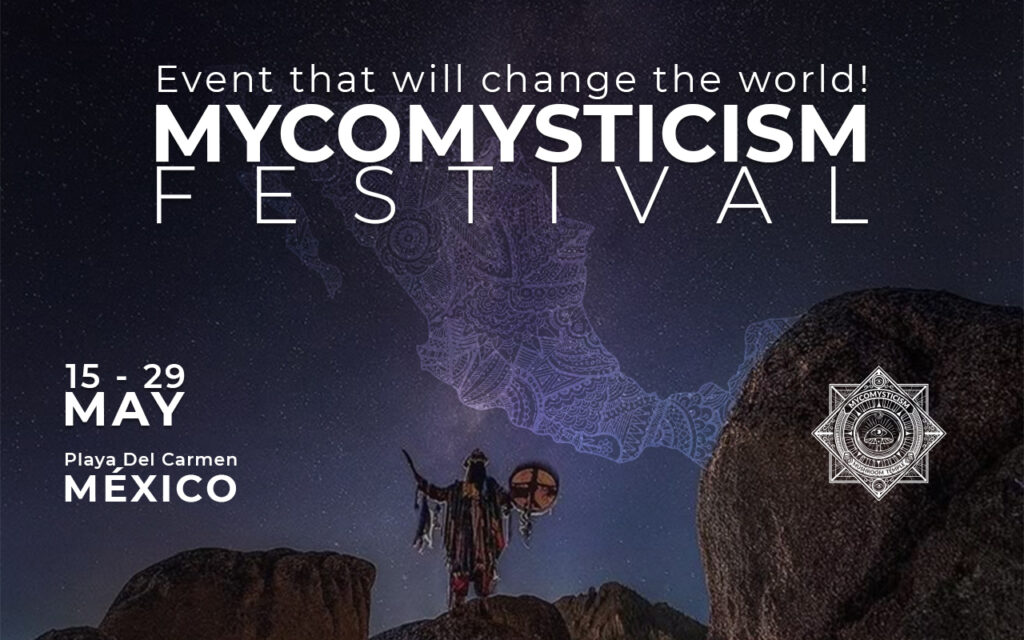9 Fascinating Facts About Magic Mushrooms
9 Fascinating Facts About Sacred Mushrooms
More Complex, More Important, and More Intriguing Than You Thought
Hallucinogenic mushrooms have been intertwined with human civilization for millennia, yet they remain misunderstood and often overlooked. Even scientists only classified them as a separate kingdom in the 1970s, previously grouping them with plants. These mushrooms have served as food, medicine, and sacred tools for enlightenment, shaping cultures and belief systems across the globe. It’s time to break the cycle of ignorance and dive into the extraordinary world of psilocybin mushrooms.
1. Growing Across the Globe
Psilocybin mushrooms grow on every continent except Antarctica, proving that they are not bound by geography but rather an integral part of nature’s design. Today, science recognizes 144 known species, spread across different regions:
- 4 species in Africa
- 15 in Asia
- 6 in Europe
- 19 in Australia and nearby Pacific islands
- 22 in the USA and Canada
- 53 in Mexico
- At least 43 species across Latin America and the Caribbean
The widespread presence of psilocybin mushrooms across the world suggests that they have accompanied human development throughout history, playing an essential role in spiritual, medicinal, and cultural traditions.
2. Older Than Recorded History
Archaeological discoveries prove that humans have been using hallucinogenic mushrooms for thousands of years. Ancient cave paintings, dating back 9,000 years, were found in Central America depicting anthropomorphic figures holding mushrooms, suggesting their use in spiritual and religious rituals.
Similar evidence has been found in Algeria, with rock paintings estimated to be at least 7,000 years old, showing people interacting with mushrooms in what appears to be shamanic or mystical ceremonies. This strongly indicates that hallucinogenic mushrooms have played a role in human consciousness expansion and spiritual exploration since the Neolithic era.
3. An Extraterrestrial Origin?
Some scientists propose the radical hypothesis that mushrooms may have an extraterrestrial origin. Research has shown that spores are highly resistant to extreme conditions, capable of surviving high temperatures, radiation, vacuum conditions, and lack of oxygen—all of which make them theoretically capable of interstellar travel.
This suggests that mushroom spores could have arrived on Earth via meteors, making them one of the oldest life forms on the planet. If this theory holds true, psilocybin mushrooms could be a key to unlocking knowledge beyond Earthly origins.
4. Not Just for Humans
Animals have been observed intentionally consuming hallucinogenic mushrooms, not just for food but for the psychoactive effects. Some animals, like bears, moose, and foxes, appear to seek out fly agaric (Amanita muscaria) and psilocybin mushrooms, exhibiting behaviors that suggest an altered state of consciousness.
Northern reindeer are notorious for their mushroom use, which has influenced Siberian shamans, who consume the urine of intoxicated reindeer to achieve a filtered yet potent hallucinogenic experience. Even experimental studies have shown that goats, when exposed to psilocybin mushrooms, display unusual, trance-like behavior, similar to humans under their influence.
5. The Engine of Human Evolution
You’ve likely heard the phrase “work made man out of a monkey”, but have you heard about the “Stoned Ape” hypothesis”? Proposed by ethnobotanist Terence McKenna, this theory suggests that hallucinogenic mushrooms played a crucial role in the evolution of human intelligence.
As primates moved to the ground, their diet expanded to include psilocybin-containing mushrooms, leading to:
- Enhanced visual acuity, essential for survival.
- Increased libido, improving reproductive success.
- Stimulation of brain function, particularly areas responsible for imagination, problem-solving, and speech.
McKenna argued that regular psilocybin consumption contributed to rapid brain expansion, ultimately leading to the development of complex language and human culture.
6. The Origin of Santa Claus
The modern image of Santa Claus may have been inspired by Siberian shamans, according to anthropologist John Rush. These shamans, known for distributing hallucinogenic mushrooms, would dress in red and white garments, mimicking the colors of Amanita muscaria mushrooms.
Since heavy snowfall often blocked entrances, these shamans entered homes through chimneys, much like Santa Claus today. Classicist Carl Ruck of Boston University supports this idea, pointing out that the legend of flying reindeer and coniferous trees also has roots in mushroom symbolism.
Before Saint Nicholas, Siberian shamans were already spreading spiritual gifts in the form of hallucinogenic experiences—leading some to believe that Santa Claus is, in part, a mushroom-inspired figure.
7. Breaking Addiction, Not Creating It
Unlike many substances, psilocybin mushrooms do not cause addiction. Instead, they have been shown to help people overcome harmful habits.
A study by one of the leading universities revealed that 80% of participants quit smoking for at least six months after just three psilocybin sessions. The experience helped individuals gain deep insights into their addiction, giving them a renewed sense of control.
Further studies suggest that psilocybin may help people overcome alcoholism and drug dependence, making it a potential breakthrough in addiction therapy.
8. A Gateway to the Spiritual Realm
Psilocybin has been long associated with mystical and religious experiences. A groundbreaking study at Johns Hopkins University found that individuals taking psilocybin:
- Experienced profound spiritual and mystical visions.
- Ranked the experience as one of the most significant in their lives.
- Reported a sense of unity, divine connection, and deep personal insight.
More than 30% of participants stated that their psilocybin journey was the most meaningful event of their lives, while 65% ranked it among their top five experiences, alongside life-changing moments such as the birth of a child or the loss of a loved one. Some even reported direct dialogues with divine beings and profound revelations.
9. One of the Safest Substances
Despite potential side effects like nausea and the risk of a “bad trip,” psilocybin mushrooms are surprisingly safe compared to many common substances.
According to the Toxic Effects Registry, psilocybin has a high therapeutic index of 641—a measure of how safe a substance is. For comparison:
- Psilocybin: 641
- Aspirin: 199
- Nicotine: 21 (one of the lowest, making it highly toxic)
This means that, in terms of safety, psilocybin is over three times safer than aspirin.
Final Thoughts
These nine facts barely scratch the surface of the fascinating world of hallucinogenic mushrooms. They have shaped human evolution, culture, spirituality, and medicine, offering insight and transformation to those who seek them.
For those who truly wish to understand themselves and the world around them, a single well-guided psilocybin ceremony may be enough to unlock a new level of consciousness and self-awareness.





